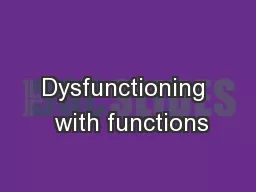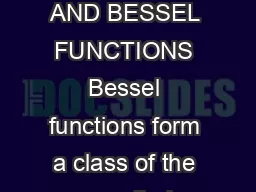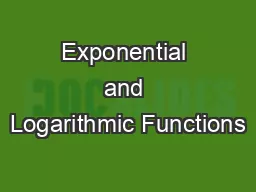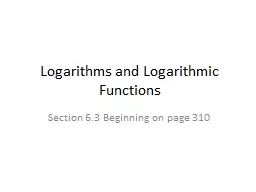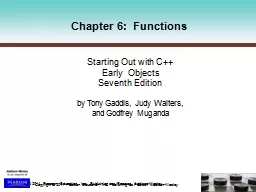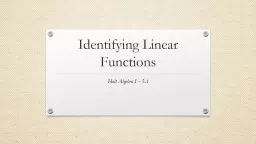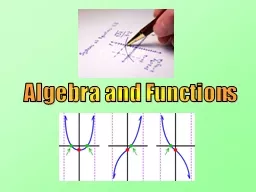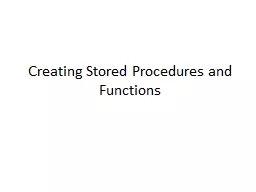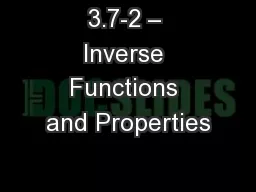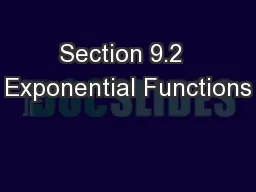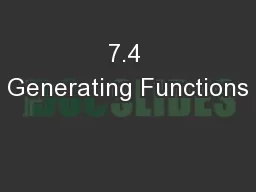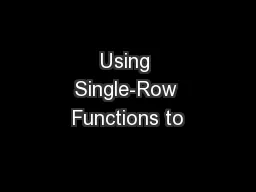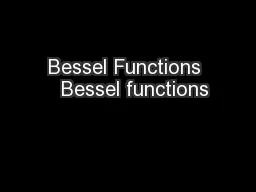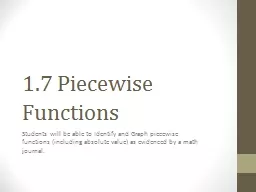PPT-Dysfunctioning with functions
Author : calandra-battersby | Published Date : 2018-02-08
MEI Anne Watson 2017 Functions are a unifying idea in mathematics For whom Understanding the functions concept Representations Covariation eg instantaneous rate
Presentation Embed Code
Download Presentation
Download Presentation The PPT/PDF document "Dysfunctioning with functions" is the property of its rightful owner. Permission is granted to download and print the materials on this website for personal, non-commercial use only, and to display it on your personal computer provided you do not modify the materials and that you retain all copyright notices contained in the materials. By downloading content from our website, you accept the terms of this agreement.
Dysfunctioning with functions: Transcript
Download Rules Of Document
"Dysfunctioning with functions"The content belongs to its owner. You may download and print it for personal use, without modification, and keep all copyright notices. By downloading, you agree to these terms.
Related Documents

